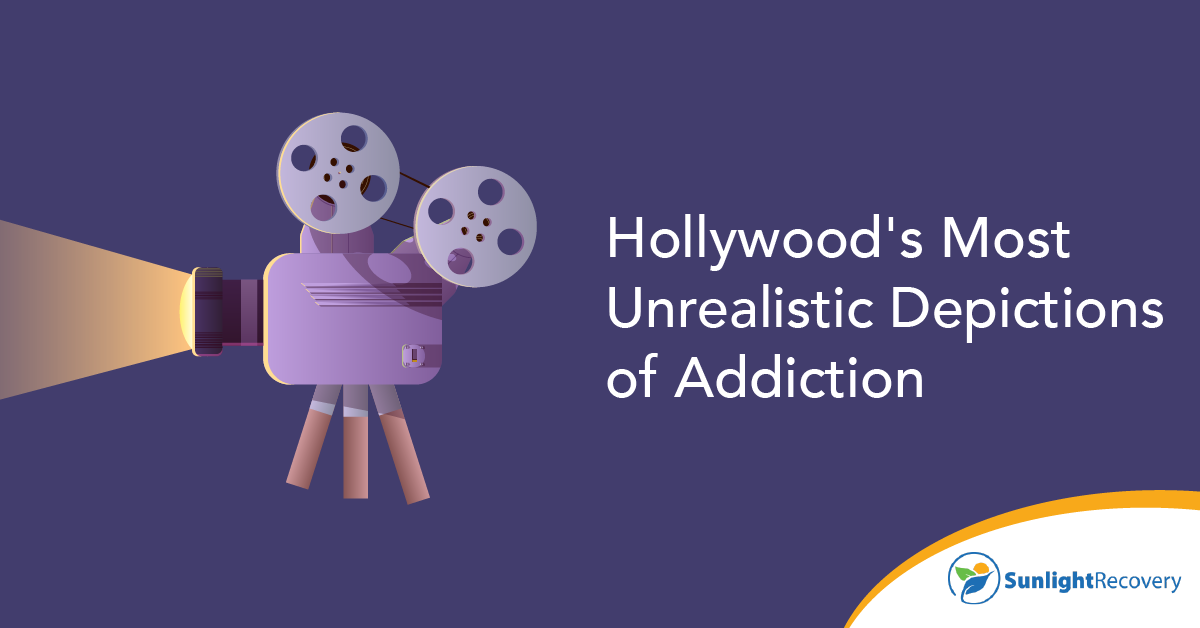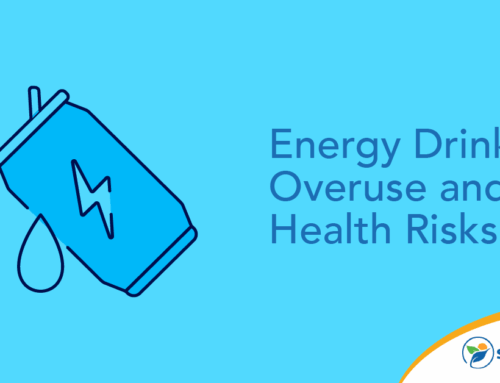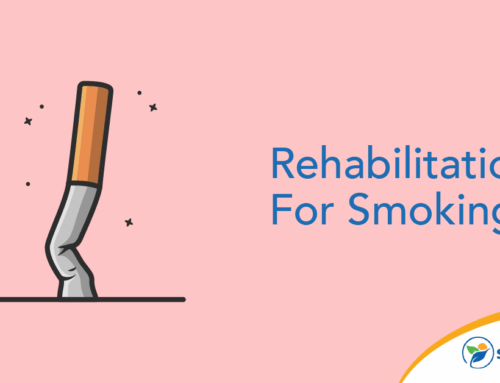Hollywood movies shape public opinion, but the nature of visual storytelling means tropes and clichés often replace accuracy and nuance. Whether it’s the rock-bottom trope or the idea that rehab is an instant fix, drug addicts in movies are rarely treated like the complex individuals they are in real life. For people who’ve lived with substance use disorder or supported a loved one through it, these portrayals, at the very least, can feel hollow.
Common Addiction Tropes in Movies and TV
Movies about addiction often lean on familiar stereotypes. People with a substance use disorder are frequently shown as morally deviant, uniformly destructive or comedic side characters. The media usually distills addiction into a one-dimensional storyline, stripping viewers of understanding the disease’s true nature. Some familiar tropes include:
- The glamorous addict. Some films about addiction portray excess as enviable. The inevitable crash comes, but often after extended sequences of luxury and thrills that overshadow the consequences.
- The creative genius. Movies frequently link addiction to creativity. While some artists have struggled with addiction, reducing substance use to a creative quirk is misleading.
- The funny addiction. Characters who misuse drugs are sometimes treated as punchlines. In slapstick comedies, their erratic behavior is exaggerated for laughs.
- The instant fix. Stories condense years of struggle into a single dramatic scene that immediately pushes the character into treatment.
Unrealistic Drug Addicts in Movies and TV Shows
The Wolf of Wall Street (2013)
Martin Scorsese’s film is based on the true story of Jordan Belfort, a stockbroker who amassed a fortune through fraudulent means and lived a life of excess. Cocaine, quaaludes, and alcohol fuel nearly every scene, but the film depicts these binges as exhilarating rather than dangerous. While Belfort’s downfall is eventually shown, the consequences feel like an afterthought compared to the high-energy spectacle of his substance use.
Blow (2001)
Starring Johnny Depp as cocaine smuggler George Jung, Blow tells the story of how a small-time dealer became a major player in the U.S. drug trade. The film emphasizes the excitement of Jung’s rise while giving comparatively little attention to the impact of his substance use.
28 Days (2000)
In this movie about addiction, Sandra Bullock plays a journalist who enters rehab after a series of alcohol-related disasters. In just 28 days, she learns lessons, finds perspective, and emerges fixed.
Californication (2007–2014)
David Duchovny’s character, Hank Moody, is a novelist whose life spirals amid constant drinking, drug use, and reckless behavior. Yet throughout the show, his addictions are often portrayed as charming quirks rather than destructive habits.
House, M.D. (2004–2012)
Dr. Gregory House, played by Hugh Laurie, is one of television’s most iconic addicted genius characters. His dependency on Vicodin is sometimes treated as a serious medical issue but often brushed off as a character quirk that fuels his brilliance as a diagnostician. While the show occasionally highlights his pain, it stops short of realistically exploring the sustained decline and consequences of opioid addiction.
And Just Like That (2021–2025)
In this revival of Sex and the City, Miranda Hobbes develops an alcohol misuse storyline that was meant to add depth to her midlife struggles. However, the arc feels rushed and inconsistent. One moment, Miranda is sneaking drinks; the next, she abruptly pivots toward recovery. There’s little sense of gradual progression, denial, or the painful process most people face.
How Media Often Misrepresents Recovery and Relapse
Many movies about addiction portray relapse and recovery as binary — one moment a character is in the depths of addiction, the next they’re healed. Recovery scenes often unfold without depicting the months of hard work typically required.
The Problem With Rock Bottom and Instant Recovery Narratives
One of Hollywood’s favorite storylines is the rock-bottom moment. A character spirals, hits a single dramatic low and then suddenly embraces sobriety. Using the rock bottom as a starting point can create a false sense of inevitability or failure unless that moment actually occurs.
Why Accurate Depictions of Addiction Matter
The media can shape public attitudes. Inaccurate portrayals impact how audiences view real-life addiction. Misleading depictions carry consequences beyond the silver screen. Viewers may assume addicts look or act a certain way when the reality is that most hide their struggles while living otherwise normal lives.
They can also set unrealistic expectations. Loved ones may assume recovery should be quick. When it isn’t, frustration grows, harming relationships.
With17.1% of U.S. adults affected by a substance use disorder in 2023 alone, Hollywood’s portrayals matter more than ever. Accurate depictions can normalize seeking treatment and remind people that recovery’s possible.
Films and Shows That Get It Right
Trainspotting (1996)
Danny Boyle’s cult classic is one of the most visceral depictions of heroin addiction ever put on screen. Through characters such as Mark Renton and his friends, the film shows the chaos of drug culture: filthy apartments, failed attempts at quitting, and the physical agony of withdrawal. The backdrop is one of despair and social collapse, capturing the difficulty of leaving that world behind.
Heaven Knows What (2014)
This indie drama, based on the memoirs of Arielle Holmes, chronicles the life of a young homeless woman addicted to heroin in New York City. It’s a raw movie on addiction that strips away Hollywood gloss, making the viewer sit with the desperation, instability, and volatility of street-level addiction.
Euphoria (2019–Present)
While the show has been criticized for stylization, Rue’s (Zendaya) story arc is an unflinching depiction of teenage addiction. Her character doesn’t follow a neat trajectory; she relapses, manipulates loved ones, and struggles to stay sober.
This Is Us (2016–2022)
Kevin Pearson’s painkiller and alcohol misuse are portrayed as a gradual, insidious problem rather than a sudden collapse. His recovery arc shows therapy, support groups, and ongoing struggles to balance fame, family, and sobriety.
Using Media Literacy to Understand Real-Life Addiction
Audiences can develop stronger media literacy by recognizing what’s dramatized and seeking contexts beyond entertainment. Questions to ask include:
- Does the story portray recovery as an ongoing process or a quick cure?
- Are relapse, therapy or support networks depicted?
- Is the on-screen addict a one-dimensional stereotype or a full, complex character?
Recovery Beyond the Screen
Addiction is more than a quick-fix storyline. If you’re worried about your own use or that of someone you care about, we’re here to listen. At Sunlight Recovery, we provide compassionate support for individuals who are ready to embark on their recovery journey. Reach out today.







